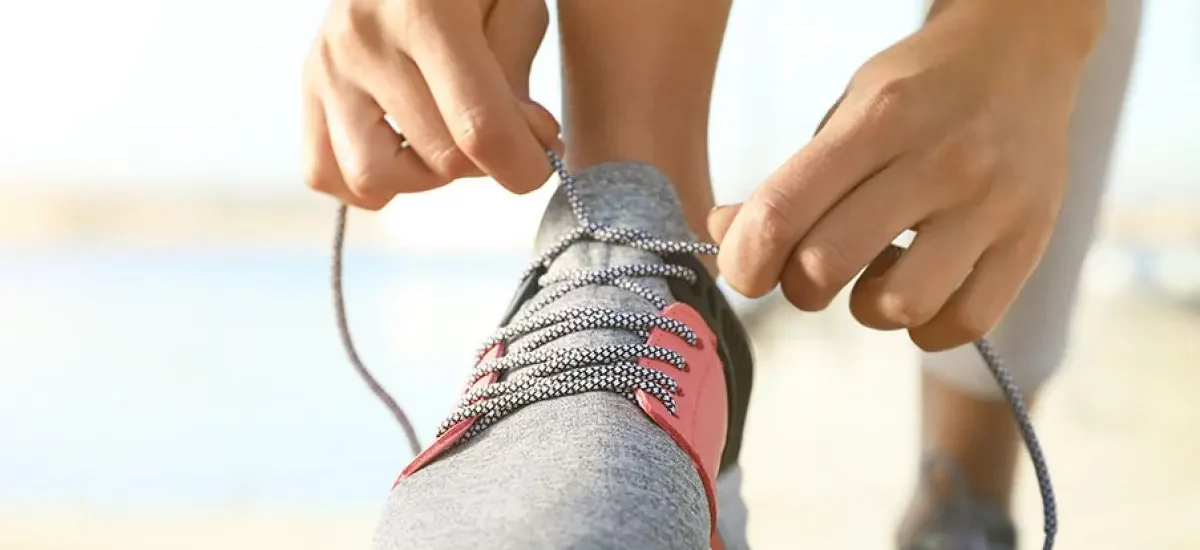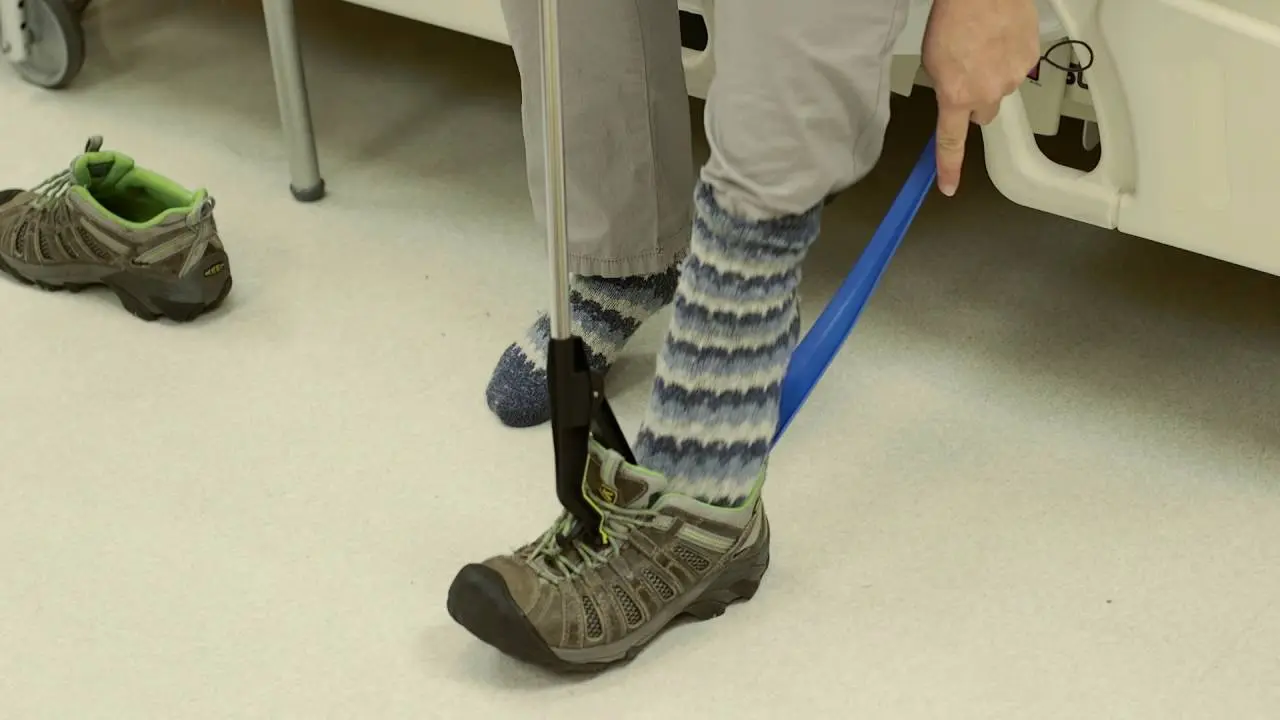


Are you wondering how long it takes after hip replacement surgery to be able to tie your shoes? Don’t worry, we’re here to provide guidance on this important question. The purpose of this article is to help you understand the recovery timeline and the importance of following medical advice to ensure a successful and safe rehabilitation process. While individual recovery times can vary, there are some general guidelines we can consider to give you an idea of when you may be able to tie your shoes again after hip replacement.
Hip replacement surgery is a common procedure that aims to relieve pain and improve mobility for people with hip joint problems. After this surgery, you may be eager to resume your normal activities, including tying your shoes. However, it’s crucial to understand that the recovery process takes time. Rushing things can lead to complications or setbacks, so it’s important to follow your doctor’s advice and give yourself the necessary healing and rehabilitation period. In this article, we will provide a general idea of the timeline for tying shoes after hip replacement surgery. However, everyone recovery journey is unique and influenced by various factors like age, overall health, and the specific surgical approach used. So, while we’ll give you some general guidelines, it’s always best to consult with your orthopedic surgeon for personalized advice.
Hip replacement surgery is a common procedure done to help people with hip joint problems. It involves replacing the damaged parts of the hip joint with artificial ones. The goal is to reduce pain, improve mobility, and enhance the person’s quality of life. There are different reasons why someone might need hip replacement surgery, such as arthritis, fractures, or joint deformities. These conditions can cause severe pain and difficulty moving around. After the surgery, there is a recovery process that takes place. At first, the person stays in the hospital for a few days to rest and heal. The doctors monitor their progress and provide medication to manage pain.
Once the person goes home or to a rehabilitation facility, they start physical therapy. A physical therapist guides them through exercises that help strengthen the hip joint, improve flexibility, and regain movement. They may also use assistive devices like crutches or walkers to help with walking. As the person’s hip joint gets stronger, they can gradually do more activities, including tying their shoes. In the beginning, it may be difficult, so they might need help from a caregiver or use tools like long-handled shoe horns or elastic shoelaces. But with time and effort, most people can tie their shoes on their own again. This usually happens within a few weeks to a few months after surgery, but everyone’s recovery is different.
There are several things that can affect how long it takes to recover after hip replacement surgery. Let’s look at some of the important factors:

Remember, this is not an exhaustive list of factors, and each person’s situation is unique. It’s important to talk to your orthopedic surgeon for personalized information about your recovery timeline. They will consider your specific health, surgery details, and other factors to give you a more accurate estimate.
Here is a general timeline to give you an idea of when you might be able to tie your shoes on your own after hip replacement surgery:
Everyone recovers at their own pace. Factors like your overall health and how well you follow your rehabilitation plan can influence your timeline. Your healthcare team will monitor your progress and provide personalized guidance.
If you’re finding it hard to tie your shoes during the early stages of recovery, here are some simple tips to make it easier:
Remember, everyone’s recovery is different, so don’t compare yourself to others. Take breaks if you feel any discomfort or difficulty, and adjust your approach as needed. Your safety and well-being are the top priority.
Keeping yourself safe during your recovery is really important, especially when it comes to taking care of your healing hip joint. Here are some simple tips to help you stay safe:
In conclusion, many people wonder, “How long after hip replacement can I tie my shoes?” The recovery timeline varies for each person, but understanding the process can help. After hip replacement surgery, it takes time to regain mobility and strength. Factors like overall health, age, and surgical approach influence the recovery timeline. Consulting with your healthcare team provides personalized information. While it may be challenging initially, most individuals can tie their shoes independently within a few weeks to a few months. Using adaptive devices like long-handled shoe horns or elastic shoelaces can make shoe tying easier. Safety is crucial during recovery, so follow your surgeon’s guidelines, gradually increase activities, and listen to your body.
Pros And Cons Of Nerve Burning
What Are Early Warning Signs Of Thyroid Problems?